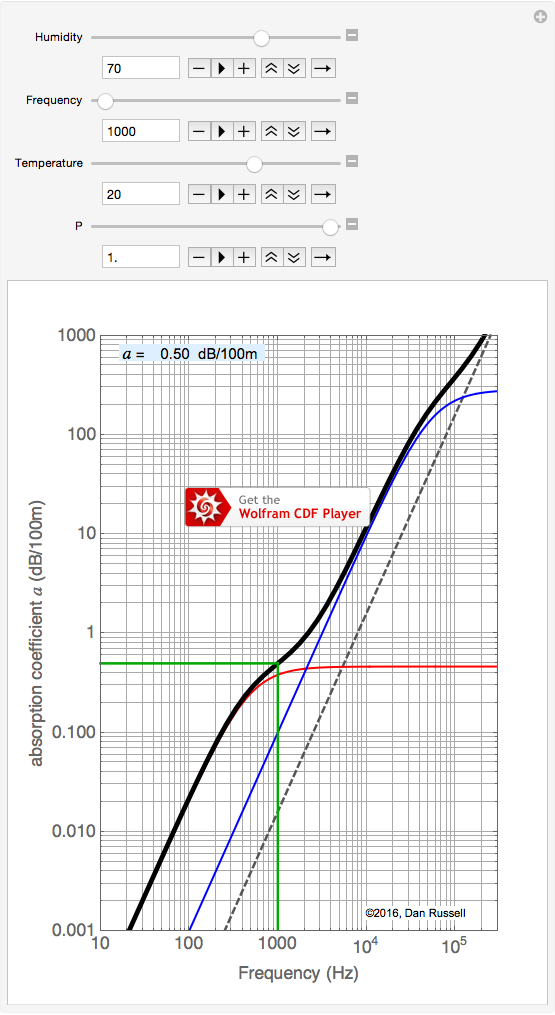I did some experimenting yesterday in my car (yes, car audio does have more than just boom boom). I set up using REW and a loopback with a Behringer ECM8000. I measured in both 50*F and then 80*F. The mic was set up at my seated position, where the left side speakers are roughly 3 feet away and the right side speakers are roughly 4-5 feet away. What I expected was:
a) The speed of sound would increase with the higher temp but when I took the time to make individual speaker adjustments based on the temperature change that the overall delta between left and right sides would not matter.
b) The short distance of microphone to speaker would mean no real change in frequency response because there wasn't enough distance for the sound waves to be impeded by the "medium" (air temp/humidity).
Results:
a) I was wrong by about 0.03ms. So, I made a little spreadsheet and saw why. Ok. No big deal. Time Delay settings varied due to temperature/humidity adjustments can easily be remedied with math. Next.
b) The FR changed quite drastically. The higher temp measurement showed a drop of about 2-3dB over the entire passband. This had me thinking surely something I did was wrong. So I re-tested today. And that's when I realized that maybe it was the mic itself. So, I tested this theory by heating the mic itself up but keeping the car temp inside at about 50F. Sure enough, the "mic warmed up" measurement resulted in a drop in amplitude over the entire frequency response range. I then changed mics to the UMIK1 and tested the theory again. This time heating the mic up didn't change the response. So I proceeded with the testing again and in this case I had as much as a 2dB drop in the "warm car" portion of the experiment.
What I learned from that is:
1) My ECM8000 is very sensitive to temperature changes. I don't know if that's due to age (I've had it for about 10 years) or if it's a design issue. I'd like to test this further but I just ran out of time this weekend and I'd prefer to use a different XLR microphone so I can properly do a loopback measurement for other reasons.
2) Aside from the ECM8000 tests, based on the UMIK1 results the temperature does indeed effect the response but in my case it was only below 40hz and above 1khz.
These results are absolutely not universal. But I think there's enough information here to at least make people caution how and why they're taking and using their measurements. Even though the results weren't what I expected I did see it as a learning experience.
I'm putting together a video showing the results differences and walking through all the steps I went through to get the measurements. If you guys are interested I'll post it here once I finish it.
- Erin

